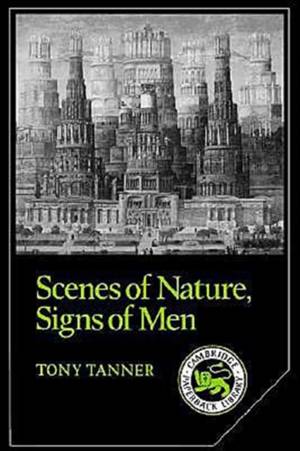
- Afhalen na 1 uur in een winkel met voorraad
- Gratis thuislevering in België vanaf € 30
- Ruim aanbod met 7 miljoen producten
- Afhalen na 1 uur in een winkel met voorraad
- Gratis thuislevering in België vanaf € 30
- Ruim aanbod met 7 miljoen producten
Zoeken
€ 96,95
+ 193 punten
Uitvoering
Omschrijving
This book is about the relationship of the American writer to his land and language - to the 'scene' and the 'sign', to the natural landscape and the inscriptions imposed upon it by men. Among the questions considered in the first section of the book are how does American Romantic writing differ from European; what are the peculiar problems faced by the American artist, and what roles does he adopt to tackle them; what kind of writing results when authors as different as Henry Adams and Mark Twain lament the vanishing of an earlier America, or when Adams and Henry James review their complex relationship to their homeland, or when W. D. Howells and Stephen Crane seek to define their themes in a specifically American setting. The second section of the book examines similar concerns in a number of contemporary writers, notably Thomas Pynchon, John Barth, Donald Barthelme, John DeLillo, and William Gass.
Specificaties
Betrokkenen
- Auteur(s):
- Uitgeverij:
Inhoud
- Aantal bladzijden:
- 288
- Taal:
- Engels
- Reeks:
- Reeksnummer:
- nr. 31
Eigenschappen
- Productcode (EAN):
- 9780521311557
- Verschijningsdatum:
- 25/08/1989
- Uitvoering:
- Paperback
- Formaat:
- Trade paperback (VS)
- Afmetingen:
- 152 mm x 227 mm
- Gewicht:
- 430 g

Alleen bij Standaard Boekhandel
+ 193 punten op je klantenkaart van Standaard Boekhandel
Beoordelingen
We publiceren alleen reviews die voldoen aan de voorwaarden voor reviews. Bekijk onze voorwaarden voor reviews.











